Price monitoring in Mercado Libre: solutions for e-shops
- 13 August 2024
Introduction to Mercado Libre
Mercado Libre, often dubbed the “eBay of Latin America,” is one of the largest e-commerce platforms in the region. With millions of active users and a vast product catalogue, Mercado Libre provides a significant opportunity for e-shops to reach a broad customer base. Succeeding on this platform requires effective price monitoring and competitive strategies, which we investigate in this article.
Mercado Libre in numbers
Since 1999, this Argentinian based e-commerce business has been one of the major players in the entire Latin America. Currently providing services in 18 countries:
- Argentina
- Bolivia
- Brasil
- Chile
- Colombia
- Costa Rica
- Dominicana
- Ecuador
- Guatemala
- Honduras
- México
- Nicaragua
- Panamá
- Paraguay
- Perú
- El Salvador
- Uruguay
- Venezuela
The company was added to the Time’s list of 100 most influential companies of the world in 2023. A year later, Mercado Libre boasted a net revenue of $5.1bn, up 42%.
A few highlights of Mercado Libre’s platform
The company advertises itself as the easiest way to sell goods in Latin America. Shop owners can use a single account to manage their business in 4 Latin American marketplaces. They won’t pay a single penny for listing their products and will receive payment in US dollars. The platform makes it easy to communicate with customers thanks to an automated translation tool. Product lists can be uploaded via an Excel spreadsheet or through API integration. Mercado Libre also offers effective shipping in the region.
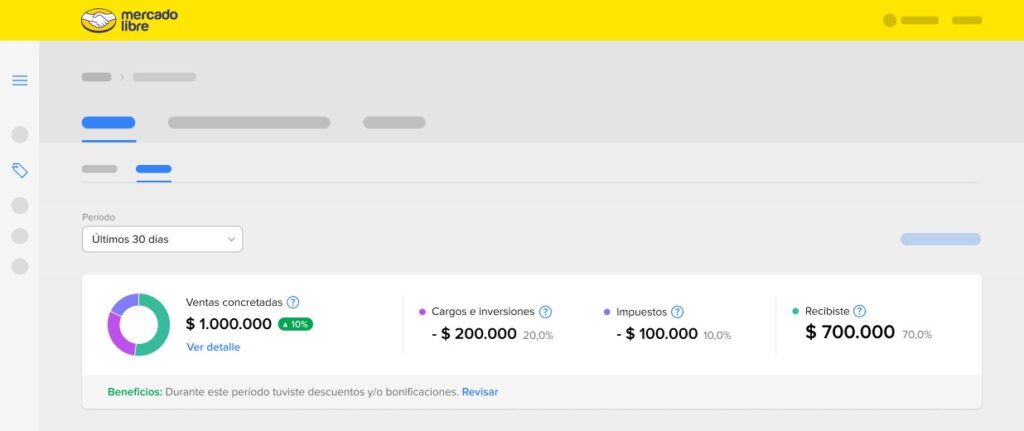
The importance of price monitoring
In the highly competitive environment of Mercado Libre, pricing plays a crucial role in attracting and retaining customers. Price monitoring involves tracking the prices of similar products offered by competitors to adjust the pricing strategy accordingly. This practice helps e-shops to:
1. Stay competitive: regularly adjusting prices to remain competitive with other sellers
2. Maximise profits: identifying the optimal price point that balances competitiveness with profitability
3. Respond to market changes: quickly reacting to market trends and seasonal demands
How does price monitoring work?
Through price monitoring, companies learn how their prices compare with those of their competition. You identify the lowest prices on the market and see how big your competition is. You monitor not only the same products, but – depending on how good your monitoring software is – also similar goods, i.e. products that fulfil the same role in a given segment. You may also view your product positions on price comparison sites, and you receive real-time information on the special offers and discount strategies of your competitors.

Solutions and tools for price monitoring
Several solutions and tools can assist e-shops in effectively monitoring and managing prices on Mercado Libre:
1. Automatic price monitoring tools
- Dealavo – a complete suite for price monitoring. Select the marketplaces and websites you wish to monitor and pick the products whose prices you are interested in. Customise your filters into presets that best cater to the needs of your business and switch between them with a single click. Organise notifications and receive updates on your competition whenever they change anything in their pricing strategies. You get dozens of customisation options to quickly acquire critical data.
Would you lokie to monitor prices on Mercado Libre?
Leave your contact info in the form below. We will reach out to you within 30 minutes.
- Pricetweakers – a solution that offers insights about your products, product categories, brands and competitors, with price monitoring functionality. Receive timely price reports on individual products and take a peek into your competitors’ pricing.
2. Data analytics platforms
- Google Analytics: a web-based tool created by Google and used to analyse website statistics. The system is available to everyone with a Google account and is free to use if a website is visited fewer than a few million times a month. The software offers a lot of different functionalities, including detailed reporting regarding internet traffic, ROI and conversions, user analytics, integrations with e-commerce solutions, multiple language versions, analysis of website issues and more.
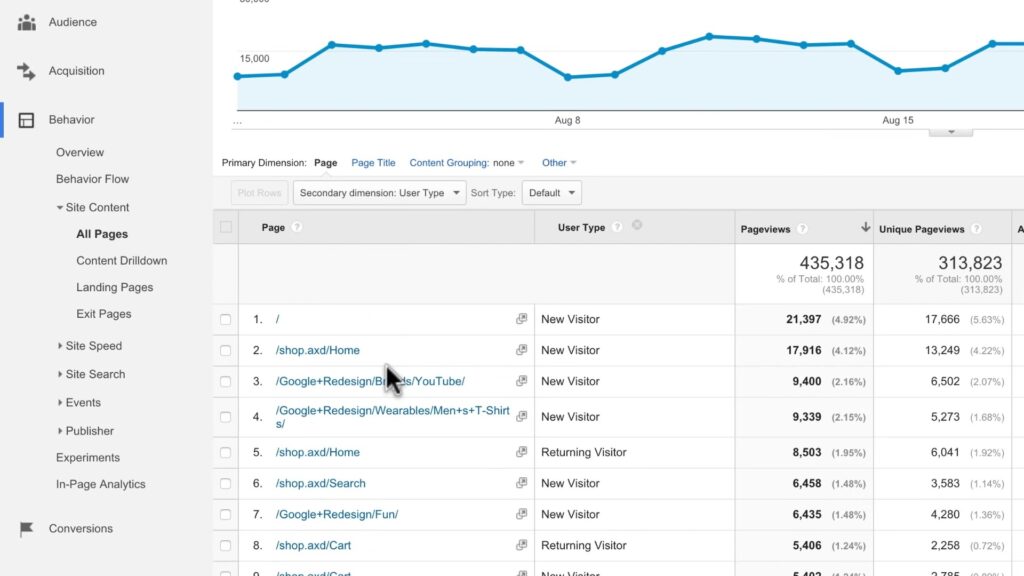
- Power BI: the software can be used to create custom dashboards that visualise pricing data and competitor analysis. It allows you to connect with hundreds of data sources and to investigate them immediately. It provides insights and reports, which you can share online. The software works well both on desktop PCs and mobile devices ensuring quick and easy access to information for the entire team at any time. Power Bi can be integrated with Mercado Libre to provide data visualisation.
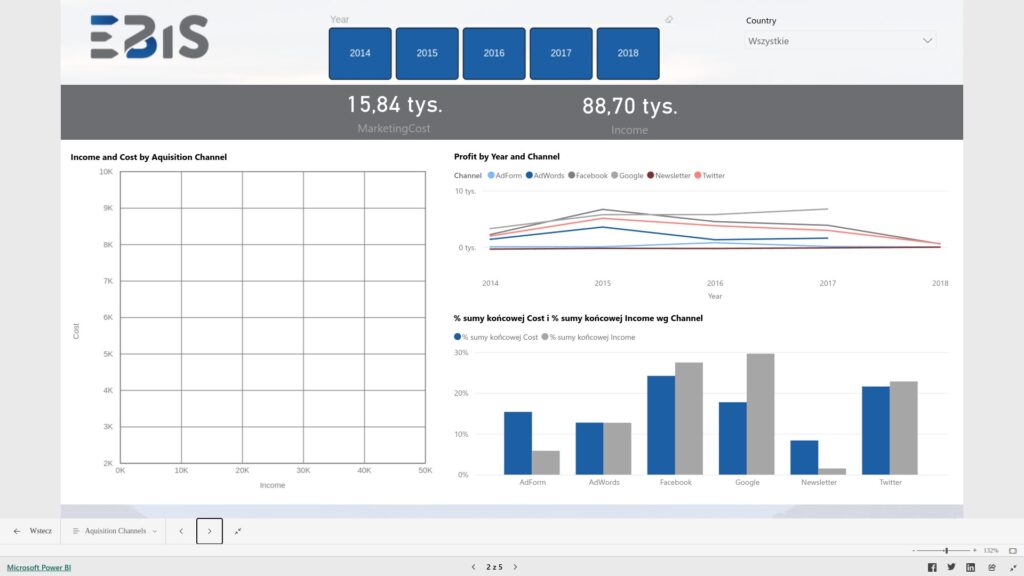
3. Marketplace integration tools
- BaseLinker – a system for the integration of many different e-commerce platforms and for the automation of business processes. With BaseLinker, you can service orders from all of your online shops and marketplace platforms through a single dashboard. You can manage auctions and offers for multiple marketplaces, and automate the synchronisation of stock levels, prices and a few other aspects of your company. It’s worth mentioning that Dealavo integrates well with BaseLinker.
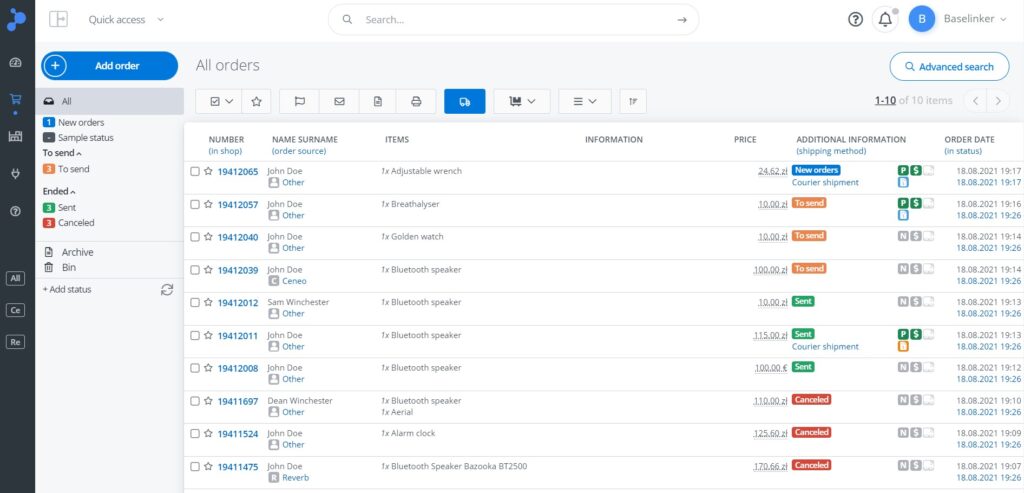
4. Manual monitoring techniques
There are a number of strategies you can perform to conduct manual price monitoring effectively, or at least – as effectively as possible without automation. The most popular way is to regularly check competitor listings and note down price changes. Then, using Excel or Google Sheets, track and analyse price trends manually to adapt your pricing strategies. Check out our article on the best price tracking Excel templates for e-shops.
5. AI and machine learning solutions
You can apply AI to take the workload off your shoulders. With dynamic pricing algorithms, much of the pricing analysis and many decisions are made automatically, freeing up your time for tasks that computers cannot do for your business. AI-driven pricing algorithms adjust prices based on real-time data analysis. Dealavo’s innovative Dynamic Pricing feature enables businesses to quickly react to price changes on multiple marketplaces effectively and regardless of product volume – as presented by the graph below.
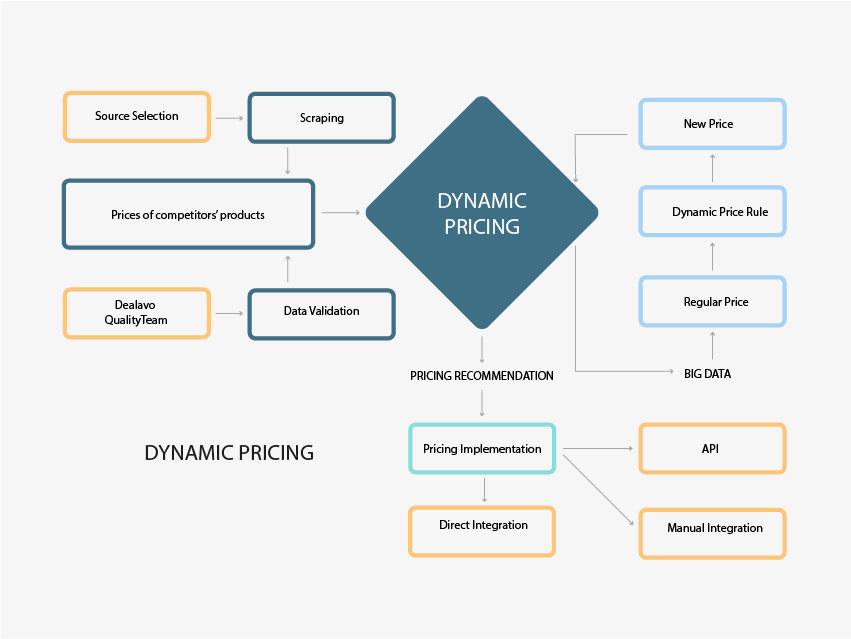
Implementing a price monitoring strategy
To effectively implement a price monitoring strategy on Mercado Libre, e-shops should follow these steps:
- Identify key competitors: determine which sellers are your direct competitors and track their pricing strategies.
- Set pricing goals: define clear objectives, such as maintaining a specific market share or achieving a target profit margin.
- Choose the right tools: select the tools and platforms that align with your business needs and integrate seamlessly with Mercado Libre.
- Regular monitoring and adjustment: continuously monitor prices and adjust your strategy based on data insights and market changes.
- Evaluate and optimise: regularly assess the effectiveness of your pricing strategy and make necessary optimisations to improve performance.
Conclusion
Price monitoring on Mercado Libre is important for e-shops aiming to thrive in this competitive marketplace. By leveraging the right tools and strategies, businesses can maintain competitive pricing, maximise profits, and respond quickly to market dynamics while saving time thanks to automated solutions. Implementing an effective price monitoring strategy not only enhances competitiveness but also contributes to overall business growth and success on Mercado Libre.
If you are looking for an effective price monitoring and repricing tool – look no further, Dealavo has everything you need encapsulated in an easy-to-use all-in-one dashboard. Contact us and request a demo to see for yourself!





